
Keeping the drains in your bathroom floor clean is essential for preventing clogs and maintaining a healthy environment in your home. Neglecting to clean the drains can lead to unpleasant odours, slow drainage, and even water damage.
We will discuss why it is important to clean drains on the bathroom floor, the tools and materials needed for the job, a step-by-step guide on how to clean the drains effectively, and some tips and tricks for maintaining a clean drain.
Let's get started!
Table of Contents
Cleaning the drains in the bathroom floor is an essential task that ensures the proper functioning of your plumbing system, prevents water accumulation, and maintains a healthy environment in your home.
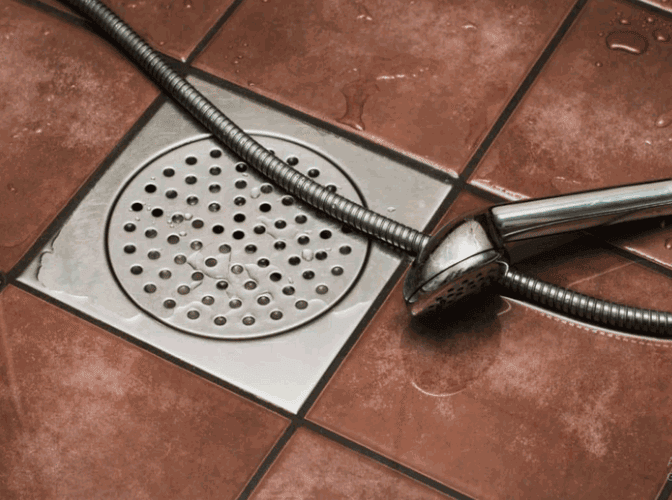
Neglecting to clean the drains in the bathroom floor can lead to serious problems such as clogs, sewer gases backing up, and persistent blockages that can harm the entire plumbing system.
These issues can result in unpleasant odours permeating the bathroom due to the accumulation of organic matter, hair, soap scum, and other debris in the drains. The buildup of grime and sludge can attract pests and bacteria, creating unhygienic conditions within the bathroom. If left unchecked, the blockages can lead to water damage, mold growth, and even structural damage to the property. The presence of sewer gases not only causes foul smells but also poses health risks to the occupants of the house, potentially leading to respiratory issues and infections.
To effectively clean the drains in your bathroom floor, you will need a variety of tools and materials that can handle different types of blockages and debris.
Essential tools for cleaning bathroom floor drains include a plumbing snake, a plunger, and specialized cleaning products designed to dissolve clogs.
Plumbing snakes, also known as drain snakes or augers, are long, flexible tools that are inserted into drains to dislodge and remove blockages. These tools have a coiled wire or cable that can be twisted and maneuvered through the drain to break up clogs efficiently.
Plungers, on the other hand, work by creating suction to help dislodge clogs that are closer to the surface. By applying pressure and pulling back rapidly, plungers can push and pull water in the drain to clear blockages.
Specialized cleaning products play a crucial role in drain maintenance. They contain powerful chemicals or enzymes that break down organic matter and debris, allowing for a smoother flow of water and preventing future clogs.
Recommended materials for cleaning bathroom floor drains include enzymatic cleaners, baking soda, vinegar, and protective gloves to handle debris safely.
Enzymatic cleaners are particularly useful in breaking down organic matter and eliminating foul odours that can often accumulate in bathroom drains. Simply pour the recommended amount as per the product instructions directly into the drain and let it sit for a specified time before rinsing it with water.
Baking soda mixed with white vinegar creates a potent cleaning solution that can help dissolve grease and grime buildup. After pouring the mixture into the drain, allow it to fizz and work its magic for about 30 minutes before flushing with hot water to clear out blockages.
Donning protective gloves is essential when dealing with debris and potentially harmful substances found in drain pipes. Always ensure proper ventilation when working with cleaning products to avoid inhaling any fumes and follow the instructions provided on product labels for safe usage.
Follow this step-by-step guide to efficiently clean the drains in your bathroom floor, ensuring that water flows smoothly and your plumbing system remains in optimal condition.
The first step in cleaning your bathroom floor drain is to remove any visible debris or hair that may be causing obstruction.
To accomplish this, you can use various tools such as a drain snake or plumbing snake to physically extricate the blockage. Another effective method is using a plunger to dislodge the material stuck in the drain. In case the clog is stubborn, a mixture of vinegar and baking soda can be poured down the drain to dissolve organic matter. Regular maintenance with a hair filter or strainer can help prevent future build-ups.
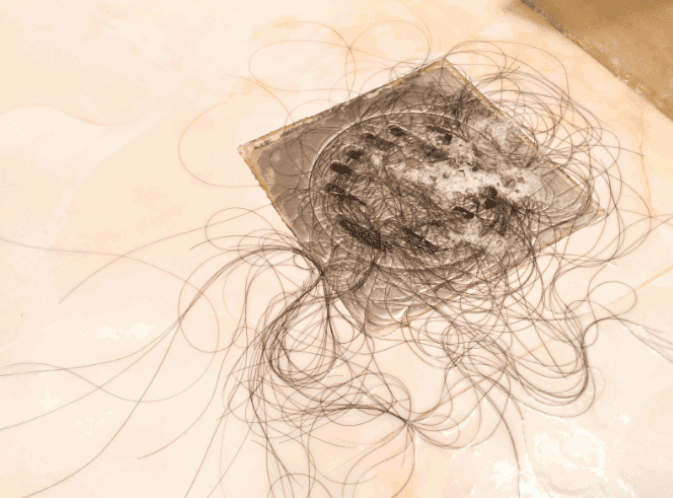
Apply a suitable cleaning solution to break down any remaining buildup in the drain.
There are various types of cleaning solutions that can effectively tackle different types of clogs and odours in drains. For instance, you can opt for a chemical drain cleaner, enzymatic cleaner, or a natural solution like baking soda and vinegar. Chemical drain cleaners are potent and work quickly to dissolve grease, hair, and other debris. Enzymatic cleaners utilize enzymes to break down organic matter gradually. Natural solutions are eco-friendly and safe to use regularly.
When applying these cleaning solutions, you should carefully follow the instructions on the product label. Typically, you will need to pour the solution down the drain, let it sit for a specified amount of time to work its magic, and then flush it with hot water. This process helps to effectively clean the drain pipes and prevent future clogs.
The benefits of using cleaning solutions in drains are vast. They help to maintain proper drainage, eliminate foul odours, and prevent costly plumbing issues down the line. Regular cleaning with these solutions can prolong the life of your plumbing system and keep your drains running smoothly.
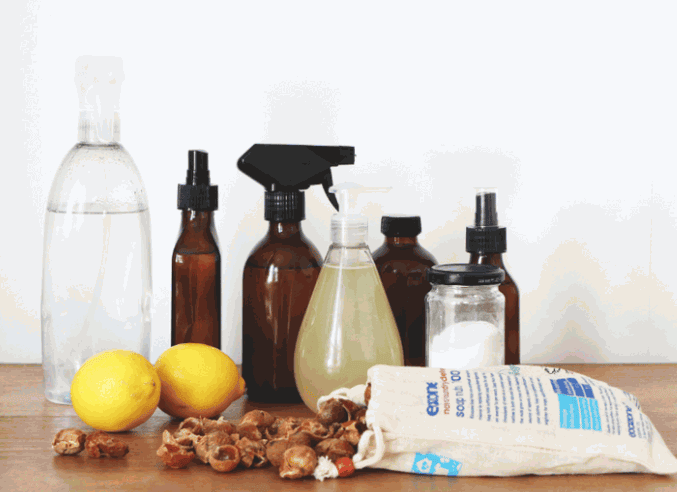
Using a plunger, create a seal around the drain and plunge vigorously to dislodge any stubborn clogs.
This tried-and-true technique can be a lifesaver when dealing with drain clogs. By applying firm pressure and maintaining a tight seal between the plunger and the drain opening, you increase the effectiveness of each plunge. The back-and-forth motion helps to create suction, dislodging the obstacle causing the problem. It's important to ensure that the plunger head covers the entire drain to maximize contact and pressure. It's recommended to repeat the plunging motion several times to fully clear the blockage.
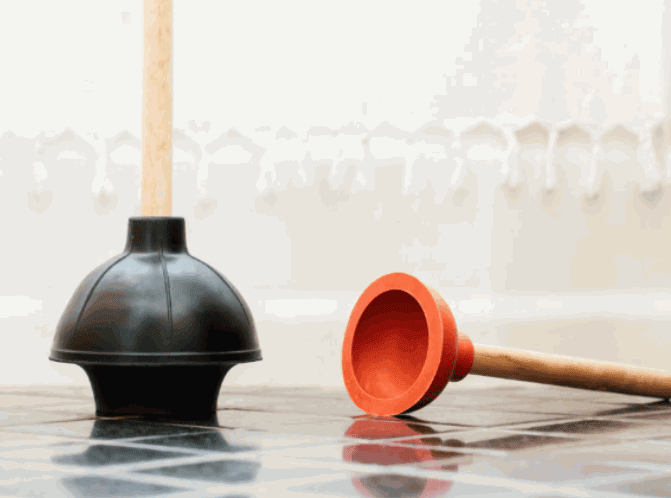
After dislodging the clog, rinse the drain thoroughly with hot water to ensure it is clean and free of any residue.
Rinsing with hot water is crucial as it not only helps in removing any remaining debris or buildup in the drain but also plays a significant role in preventing potential clogs in the future. The hot water helps to dissolve and flush out any grease, soap scum, or other substances that may have accumulated within the pipes. The heat of the hot water can help to kill off any bacteria or mold that could be lurking in the drain, thereby contributing to a cleaner and more hygienic environment.
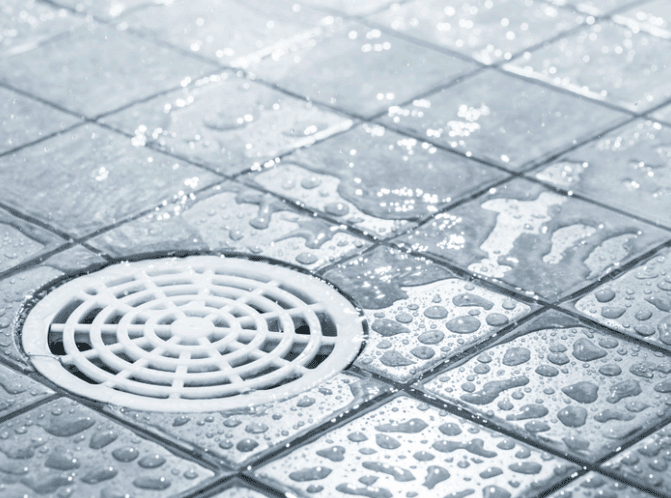
If the drain is still not clear, repeat the previous steps until the blockage is fully resolved.
It is common for drains to become blocked due to a buildup of debris over time. Sometimes, the initial attempt may not completely clear the blockage, so it is important to stay patient and persistent.
When facing this issue, try using a drain snake or a plunger to dislodge any stubborn clogs. Pouring a mixture of hot water and vinegar down the drain can help break down grease and grime. Keeping up with regular maintenance can also prevent recurring blockages in the future.
Maintaining a clean drain on the bathroom floor involves regular upkeep and preventative measures to avoid future clogs and plumbing issues.
It is recommended to clean the drains in the bathroom floor at least once a month to prevent any potential issues.
Regular cleaning of drains helps in avoiding blockages caused by hair, soap scum, and other debris that can accumulate over time. By maintaining a monthly cleaning schedule, you ensure that water flows freely, preventing any unpleasant odours or overflow situations.
Discover: How To Fix Kitchen Drain Blockage
Some effective preventative measures to keep the drains in your bathroom floor clean include using drain covers to catch hair and debris, and periodically using enzymatic cleaners.
Regular maintenance such as flushing drains with hot water can help prevent clogs from forming. Another great tip is to avoid pouring grease or oil down the drain, as it can solidify and cause blockages over time. For those with pets, consider using a lint trap in the laundry room to catch pet hair before it reaches the drains. In case of persistent clogs, a plumber's snake or a homemade mixture of vinegar and baking soda can help dislodge debris. Remember, proactive measures can save you from the hassle of dealing with a clogged drain in the future!
Regularly cleaning the drains in your bathroom floor is crucial for maintaining a healthy plumbing system and ensuring a clean and safe home environment.
Regular drain cleaning in your bathroom floor helps prevent clogs and blockages that can lead to costly plumbing issues. By maintaining clear drains, you reduce the risk of water backups, foul odours, and potential water damage. Clean drains promote proper water flow, improving the overall efficiency of your plumbing system. It also enhances the hygiene of your home, preventing the accumulation of bacteria and mold that thrive in stagnant water.
Taking these preventive measures can save you time, money, and hassle in the long run.